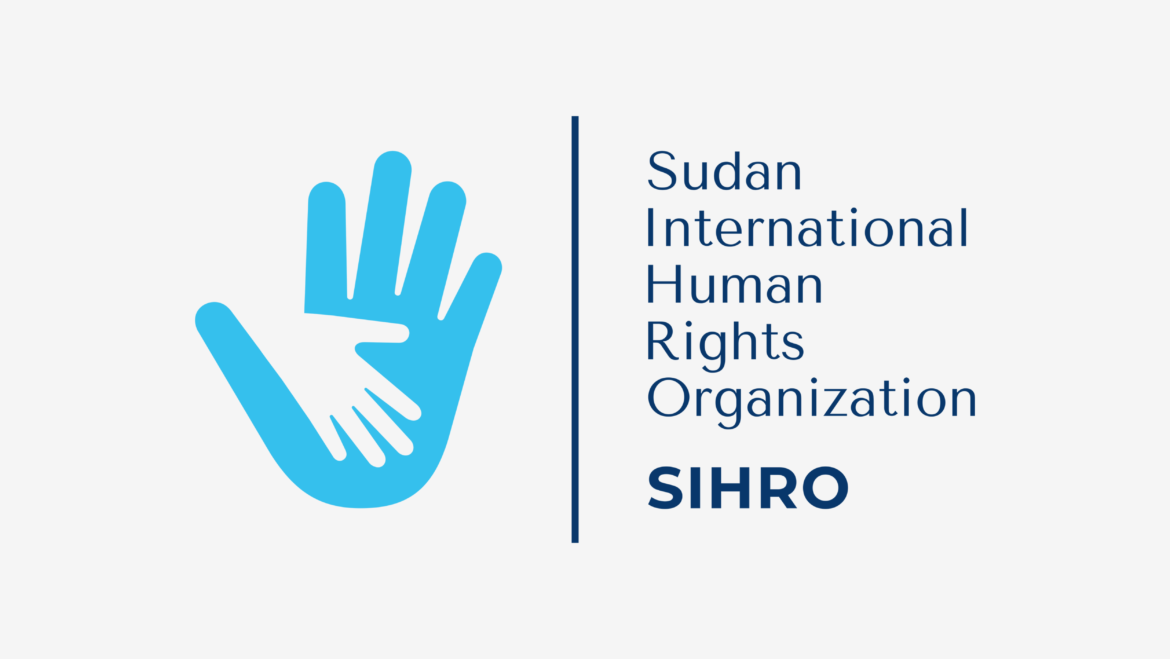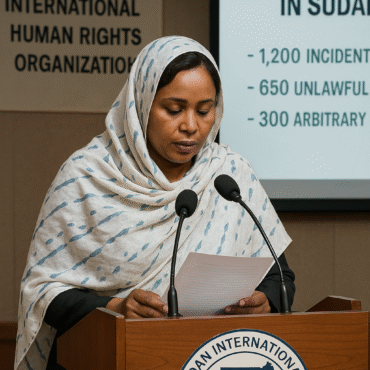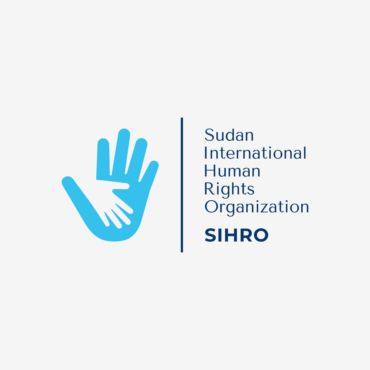Healthcare in Crisis: Navigating Challenges and Humanitarian Response in Conflict-Affected Sudan
Introduction
The ongoing conflict in Sudan, initiated on 15 April 2023 with clashes between the Sudanese Armed Forces and Rapid Support Forces, has led to a significant humanitarian crisis. As of 18 February 2024, the conflict has displaced over eight million individuals, including 6.2 million internally displaced persons. The healthcare infrastructure is on the brink of collapse, with a substantial majority of hospitals non-operational and two-thirds of the population lacking access to medical services.
Healthcare Crisis Overview
The conflict has severely impacted Sudan’s healthcare system, with an estimated 70-80% of hospitals closed and an overwhelming majority of the population without healthcare access. The situation is exacerbated in conflict zones like Bahri, Khartoum, and Um Durman, where intense fighting and strategic shelling have occurred. The healthcare challenges extend to regions like South Kordofan, where intercommunal clashes and village burnings have been reported.
Humanitarian Challenges
The complexity of the conflict presents significant obstacles for humanitarian organizations attempting to deliver essential aid. The displacement crisis has overwhelmed existing healthcare facilities, making it challenging to sustain services. The conflict has disrupted vaccinations and severely affected living conditions, leading to a sharp decline in access to water and sanitation.
Nutritional and Disease Concerns
The conflict has also heightened the risk of disease outbreaks and malnutrition. Reports indicate significant cholera, measles, dengue fever, and malaria occurrences. Malnutrition is particularly concerning, with an anticipated 3.5 million children at risk in 2024. The interaction between malnutrition and disease exacerbates the health crisis, with hunger weakening immune systems and increasing vulnerability to illness.
Projected Needs
The Health Cluster anticipates a substantial increase in healthcare needs in 2024, with 15 million people requiring health interventions. The overall humanitarian aid requirement is projected at 24.8 million people, emphasizing the need for a coordinated response to address the escalating crisis.
Impact on Children and Vulnerable Populations
Children are among the most affected, with a significant number facing acute malnutrition. The crisis also poses increased risks for women and individuals with chronic conditions, further complicating the healthcare landscape.
Humanitarian Response and Constraints
Attacks on healthcare facilities, access constraints, and operational difficulties have challenged the response capacity. The Health Cluster has made some progress in delivering aid, but funding shortfalls and security concerns continue to hinder efforts.
Conclusion
The healthcare crisis in Sudan requires immediate and coordinated action from all stakeholders, including civil society organizations. Addressing the complex health needs amidst ongoing conflict and displacement is crucial to mitigate the long-term impacts on the Sudanese population. Collaboration, increased funding, and secure access to affected areas are essential to improve healthcare and support the vulnerable communities in Sudan.




Add Comment